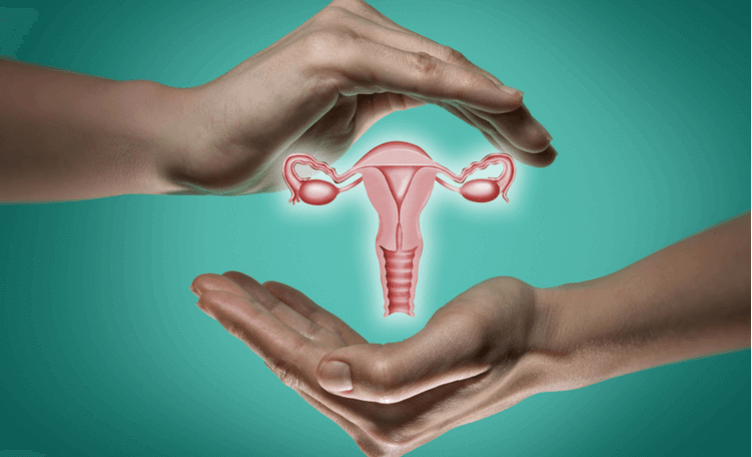By Harleen Walia
Over the past 20 years, there has been a substantial increase in our knowledge of the hereditary diseases. Specifically, several variants of genetic genes have been found that leads to the development of cancer. It has been known since a long time that the variation in BRCA1 and BRCA2 genes of human beings lead to cancer, especially in the breast and the ovaries. But according to the researchers, a large number of variants are present in our hereditary system that may lead to fatal diseases like breast cancer.
To increase our knowledge about the hereditary genes and the biological procedure attached to the formation of breast cancer, a research team from the University of Copenhagen, BRIC and Rigs Hospitalet has embarked on a new chapter in their research. In this research, the presence of RBBP8 gene has been described as the vital factor that leads to the formation of breast cancer in young women.
Claus Storgaard Sorensen, BRIC, Research Director, University of Copenhagen said, “We have studied the biological significance of RBBP8 gene variants in a group of young women with breast cancer. It is a patient group where we assume that a genetic factor plays a role. We have now shown that RBBP8 normally protects the cells against the damage to the genome and that a reduced RBBP8 function may, conversely, lead to cancer.
The research was conducted on 129 young Danish patients who were diagnosed with breast cancer. Subsequently, extensive gene sequencing was performed by the research team on a large number of people, who either had breast cancer or any other type of cancer that did not have variation in BRCA 1 and BRCA2 genes.
The variation of BRCA1 and BRCA2 explains the development of cancer in young women. According to the scientific studies, RBBP8 plays a very important role in protecting and regulating the DNA in human body since it repairs the damage to the chromosomes.
Another reason behind young women developing breast cancer is that their breast tissues are generally denser and by the time the lump is formed in the breast, the cancer may have already been developed. Not only this, the breast cancer in young women may be aggressive that is, it is less likely to respond to the treatment.
Delay in diagnosing breast cancer can be really very dangerous. Some of the early symptoms of breast cancer include breast lump or unusual discharge from the nipple. These early symptoms are usually ignored by the young women. There are also many cases where doctor dismisses the case calling breast lumps as cysts in young women.
Some of the factors which make women more prone to breast cancer include –
A personal history of breast cancer
Genes/ Hereditary/ Family history (especially in mother or sister)
History of radiation treatments to the chest before the age of 40
Variation in BRCA1 or BRCA2
Getting periods before the age of 12
Heavy consumption of alcohol
High intake of red meat
Heavier breast
Obesity
Young women are generally busy with making major life decisions like dating, childbearing, parenting and career. In a research, it was found out that women face many psycho-social challenges when detected with breast cancer. These challenges include – a career decision issue with reduced earning potential; on-going fear of re-occurring of cancer; psychological concerns of the treatment affects the sexuality, self-esteem, self-image, and intimacy of the women. The treatment also impacts the fertility and pregnancy.
In a report issued by the Indian Council of Medical Research, the total numbers of Cancer cases in 2016 were expected to be around 14.5 lakhs, and by the end of 2020, it is expected to be 17.3 lakhs. We can bring these numbers down only by creating awareness.
The rate of survival of breast cancer in India is comparatively low. The reason behind this is that the early symptoms are ignored by the young women and due to detection at the later stage, the rate of survival declines. Breast cancer is not something which cannot be treated; in fact chances of survival are higher, if detected at the right time and at the right stage.
Few tips for the prevention of breast cancer are –
Self-examine – Women usually know how their breast looks like. If you observe any change, immediately consult your doctor.
The women, who are above the age of 40, should get their mammography done. Mammography helps in detecting irregularities in the breast tissue.
By adding fruits and vegetables to your diet.
New mothers are advised to breastfeed their child at least for a year.






